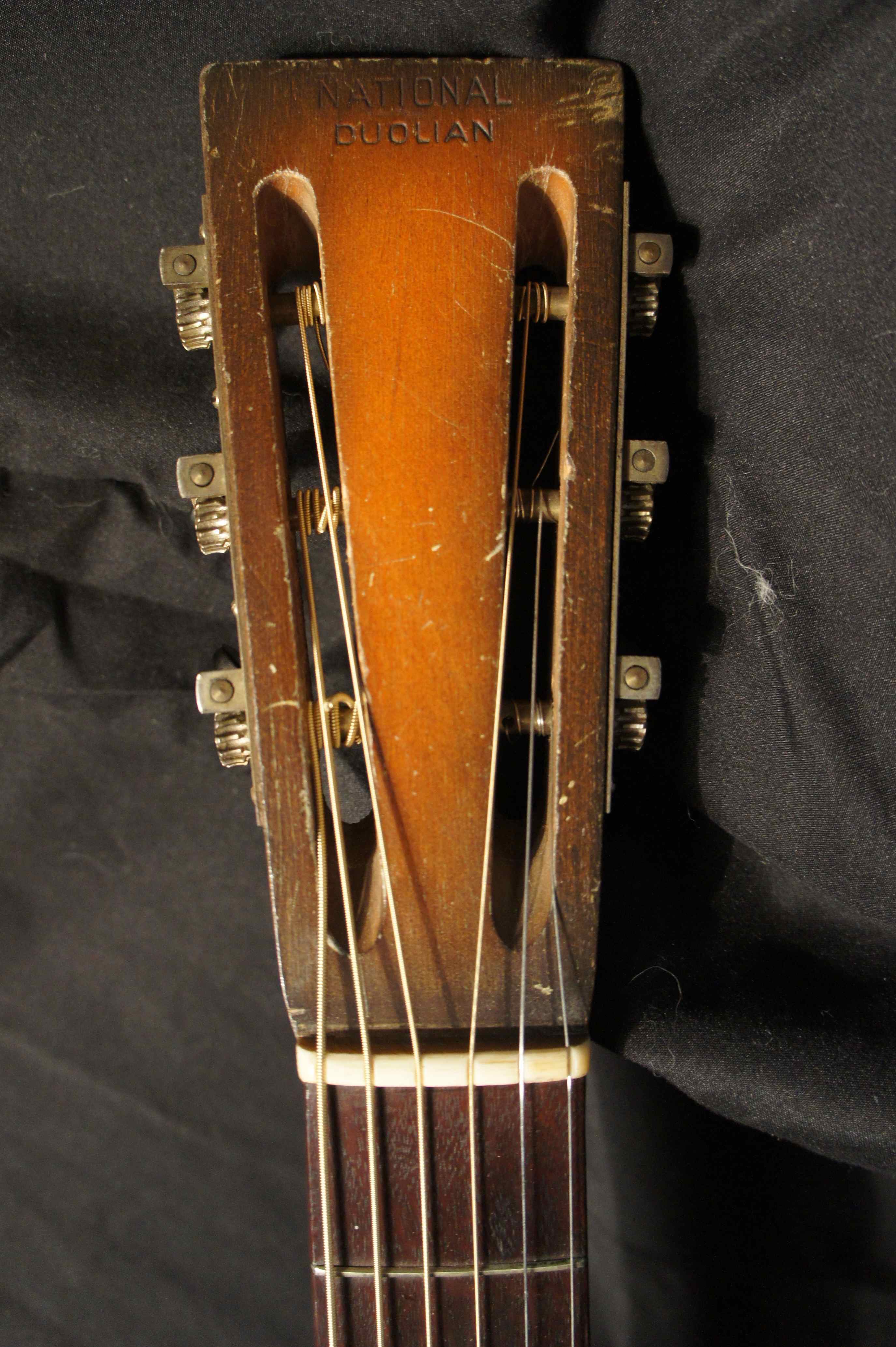

In 1988 Fender introduced a scalloped fingerboard on one of it?s models. Actually it was done exactly 100 years earlier by Staufer and Ertel. Gibson came out with the raisedįingerboard in 1922. Some of them included: The peghead with all six tuners on one side and scroll shape at the top, which is now common of the fender guitars was tried in the 1800?s by Staufer. And many of the innovations that were credited to 20th century makers were actually tried a century earlier. The first half of the 19th century was a time of great experimentation for the guitar. Staufer and another maker Johann Ertel in 1822 designed a fingerboard raised off the top of the guitar, and experimented with different fret metals, settling on an alloy of brass,copper,silver, and arsenic. One of the best known makers of this new-style of guitar was Johann Georg Staufer of Vienna. By the 1800?s the Lute had all but disappeared. As rapidly as the guitar changed so did it?s acceptance. By the 1820?s most of the fingerboard extended all the way to the soundhole. Metal tuners with machine heads began to replace friction pegs, and strings were anchored by bridge pins, replacing the method of tying strings to the bridge.
What year was my national duolian guitar built full#
Inlaid frets of brass or ivory replaced the tied on gut frets and the neck was extended one full octave(12 frets) clear of the body. Within the next few decades, numerous innovations followed: body waists became narrower and body bouts changed shape, becoming circular in northern Europe and more oval shaped in southern Europe. In the 1770?s the first guitars with six single strings appeared,īlowing the evolutionary lid off the instrument. Through the 1600?s and 1700?s the guitar design changed very little, although interest increased around luthiers. But this modern instrument soon lost its popularity and disappeared by the late 1600?s. It had metal strings, fixed frets, a fingerboard that extended onto the top, a flat back, and a movable bridge with strings anchored by a tailpiece and it was played with a quill or plectrum(pick). It was more like the modern guitar than any other during that time. The second most popular instrument during the Middle ages was the cittern. The early guitars were also much shorter in length than todays guitars. This made placement of frets very difficult. The frets of the early guitars were made of gut and tied around the neck. Chord positions were the same as they are today. By this time guitars had added another course, and modern tuning had come into existence. By 1546 the guitar had gained enough popularity to merit the publication of a book of guitar music. The lute with was pear-shaped and had five or more courses of strings was generally regarded as a higher class of instrument. In the Middle Ages and the Renaissance the lute was the dominant fretted instrument. Some but not all early guitars had a flat back, while lutes always had a flat back. These early guitars were distinguished from lutes by body sides that curved inward to form a waist and by four courses of strings. AĬourse is a pair of strings tuned in unison. The earliest European guitars did have four courses of gut strings. The word guitar also has origins in the middle and far east, deriving from gut, is the Arabic word for four, and tar, the Sanskrit word for string. Guitar-shaped instruments appear in stone bas-relief sculptures of the hittites in northern Syria and Asia Minor from as far back as 1350 B.C. The lutes proper which had rounded backs and the guitar type instruments with their flat backs.

And the third was the Lute family, this was were the pitch of strings was altered by pressing them against a neck that is attached directly to a sound chamber. The second was the Lyre family, which was strings of a fixed pitch are attached to the directly to a sound chamber. From the bow came essentially three main types of stringed instruments: the Harp family, which was the sound of plucked strings indirectly transmitted to an attached sound box.

They found that the sound of a bowstring could be enhanced by attaching a resonating chamber -most like a tortiseshell- to the bow. The theory of the guitar was discovered in the early centuries. It originated in Persia and reached Spain during the twelth-century, where it?s versatility as both a solo and accompanying instrument were established. The guitar is a fretted, stringed instrument, and is a member of the lute family. Курсовая работа: The Guitar Essay Research Paper THE HISTORY


 0 kommentar(er)
0 kommentar(er)
